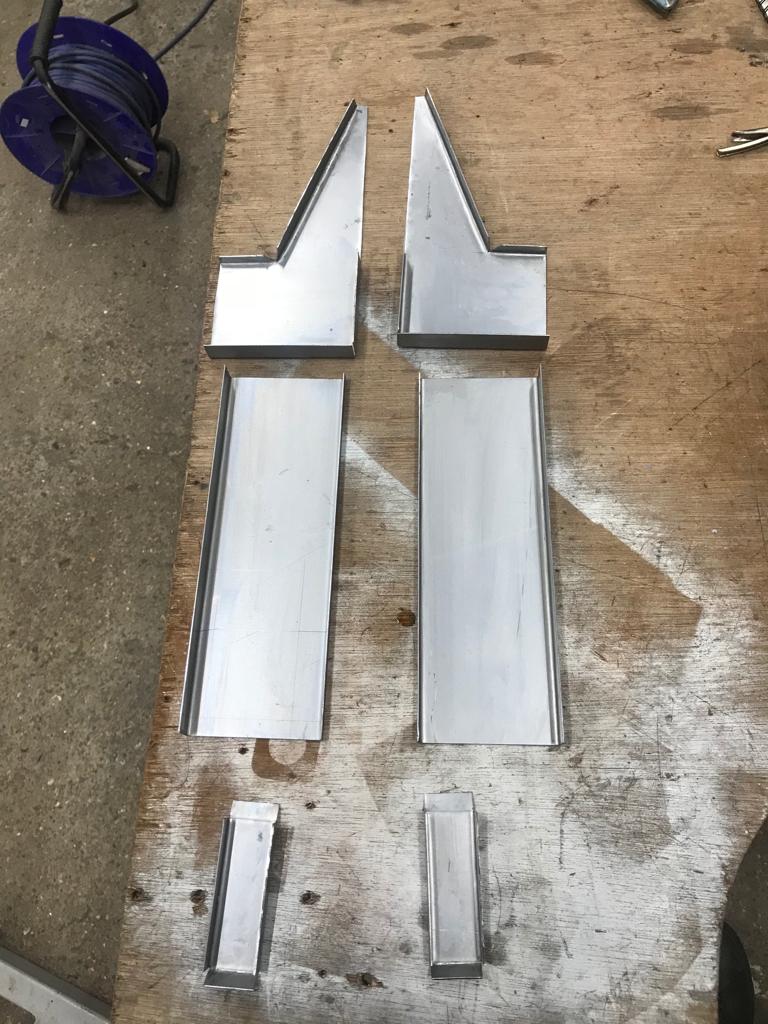
Parts For Our 1975 Jensen Interceptor MK3
Our 1975 Jensen Interceptor MK3 has had several parts fabricated recently. Classic car technicians Monty and Christian have been hard at work making sure the


Our 1975 Jensen Interceptor MK3 has had several parts fabricated recently. Classic car technicians Monty and Christian have been hard at work making sure the
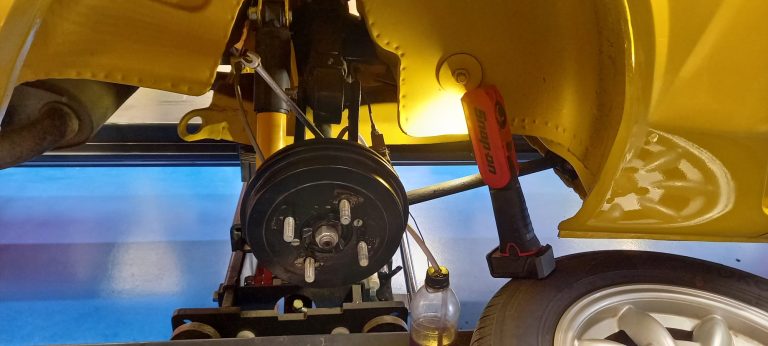
Classic car technician Jon has continued his investigations into the running issues that our 1977 Triumph Spitfire has been experiencing. He bled the brakes of
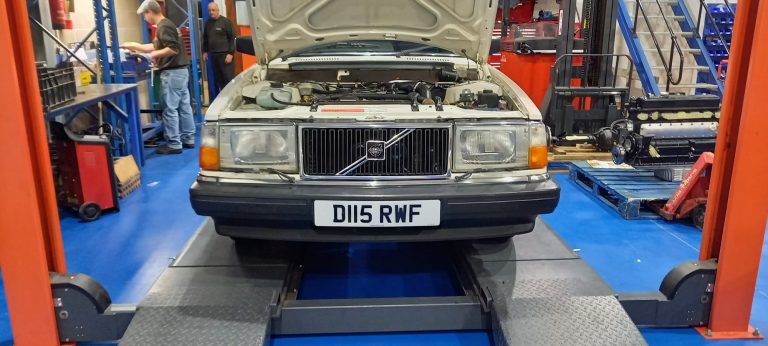
Our 1987 Volvo 240GL has been in the care of classic car technician Jon over the last few days. During this time, Jon has built,
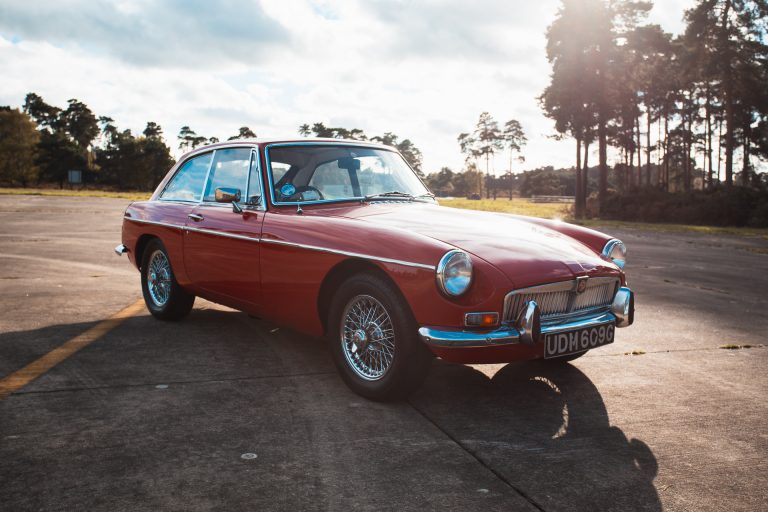
Our 1968 MGB GT has recently arrived at the Bridge Classic Cars workshop. As with all the cars that come to us, our classic car
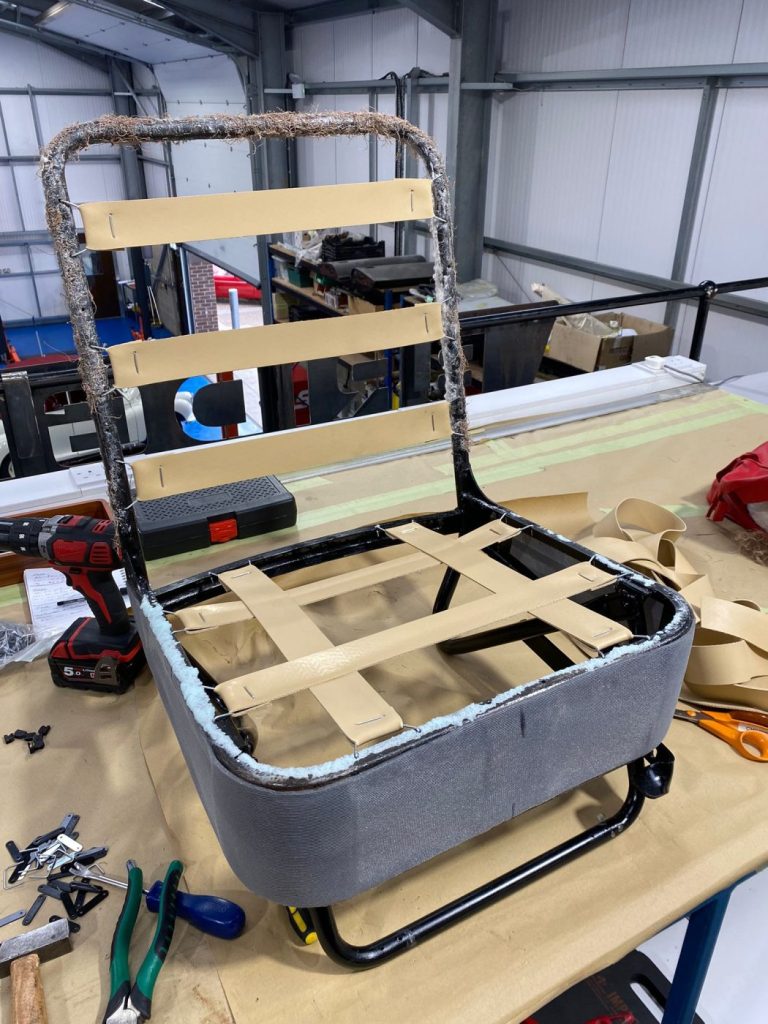
Our 1969 Morris Minor 1000 Convertible continues to progress through its restoration work. After a large portion of the external work was complete, Brian and
Our 1975 Jensen Interceptor MK3 has had several parts fabricated recently.
Classic car technicians Monty and Christian have been hard at work making sure the parts being made fit perfectly where they are needed, and can also do the job they are meant to do once the car is back up and running and on the road again.
They have also been assembling parts of the car such as the A-pillar.
While Monty and Christian have been fabricating the parts for our Interceptor, classic car technician Al has been applying epoxy primer to them before welding them to the car. He applied the epoxy primer at this stage as he would not have been able to prime them properly once they were welded together.
There is obviously still a long way to go before our 1975 Jensen Interceptor MK3 is ready to leave us and get back on the road. However, things are progressing nicely and it’s looking more and more car-like each day.
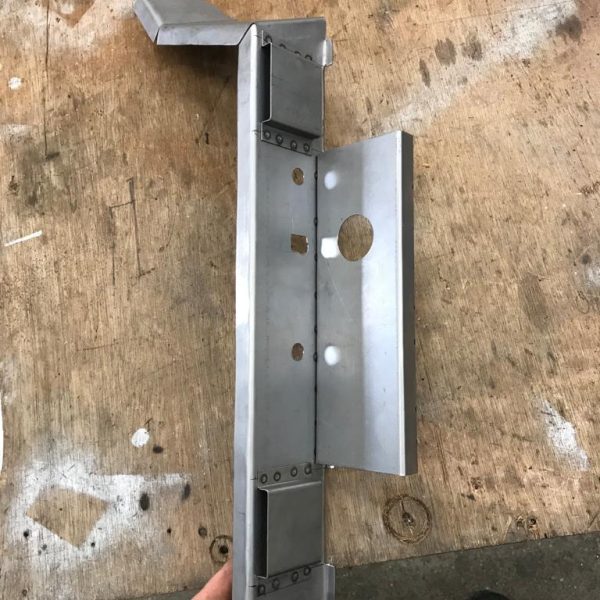
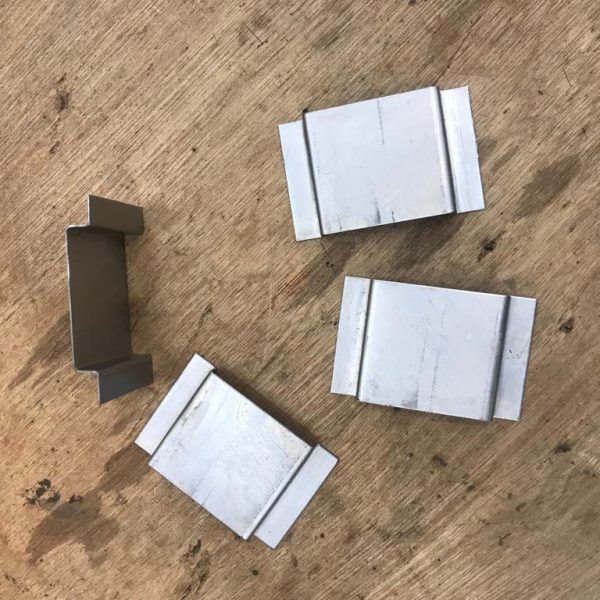
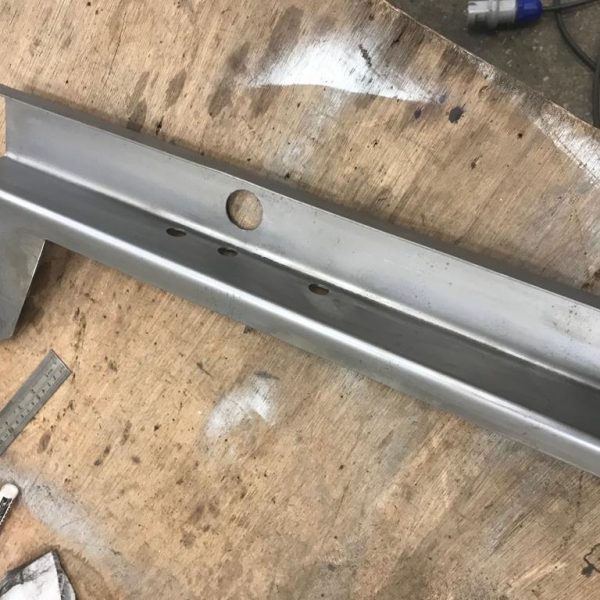
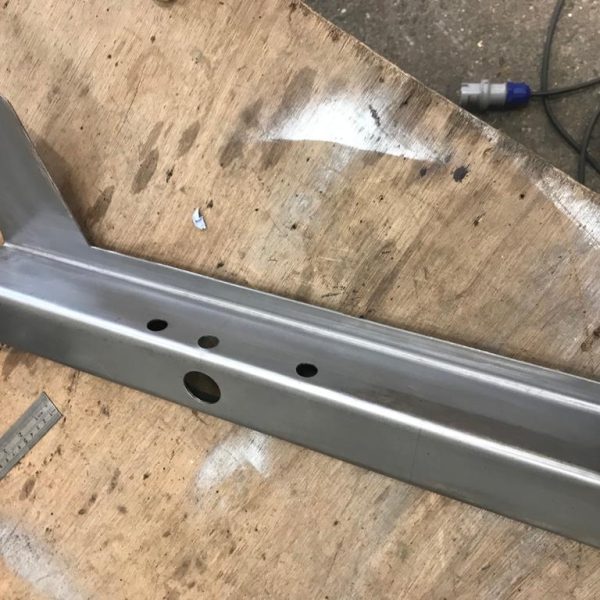
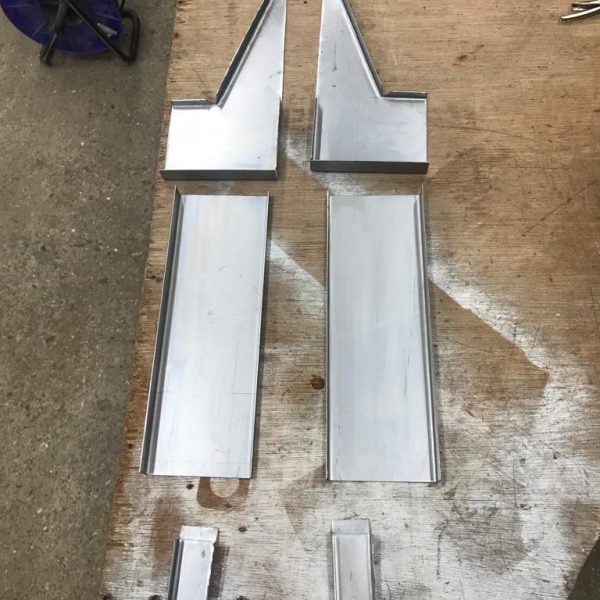
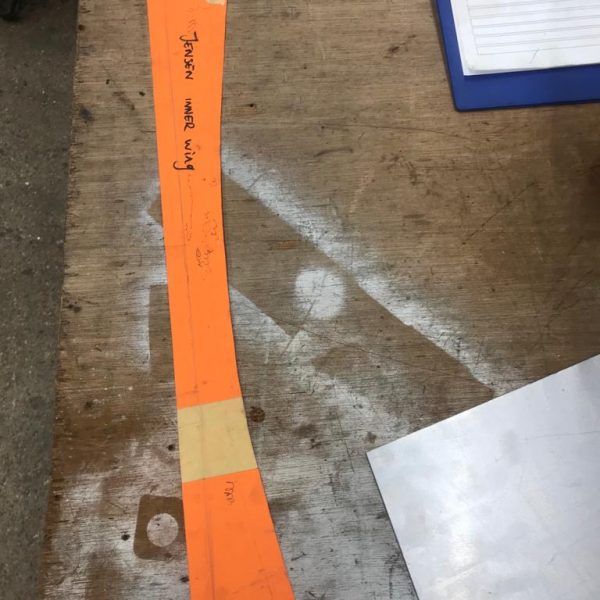
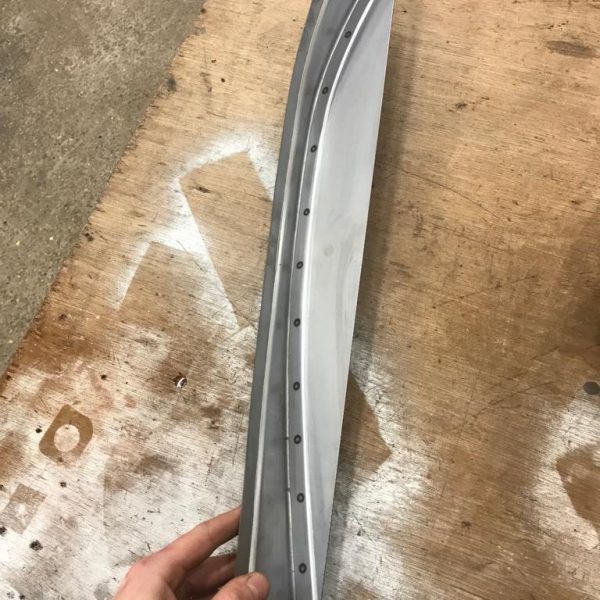
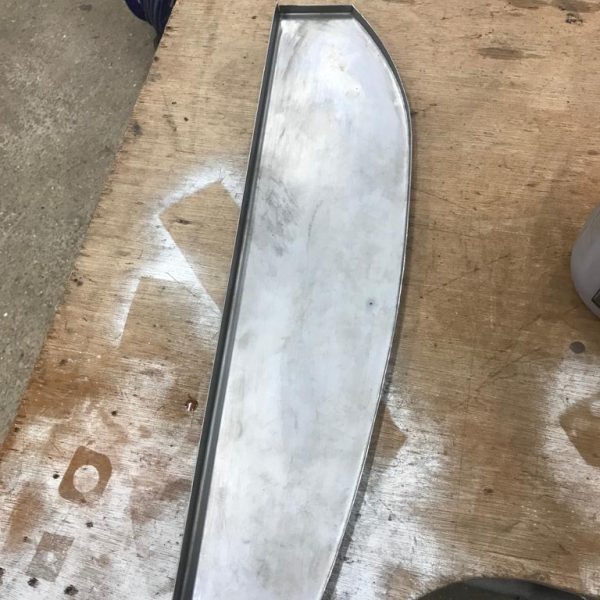
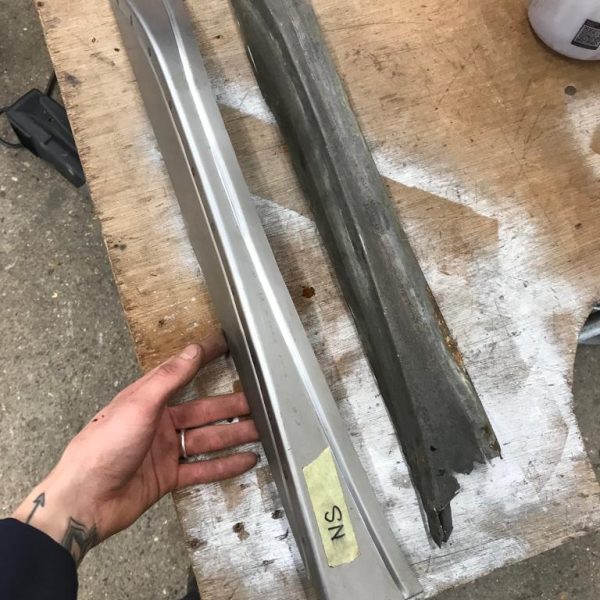
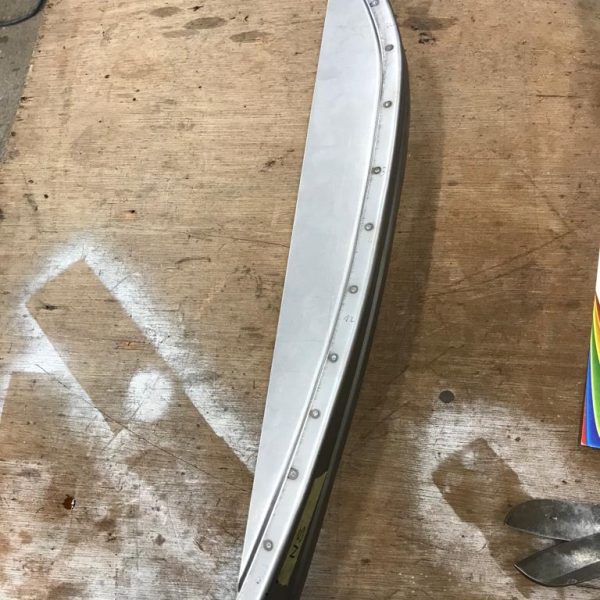
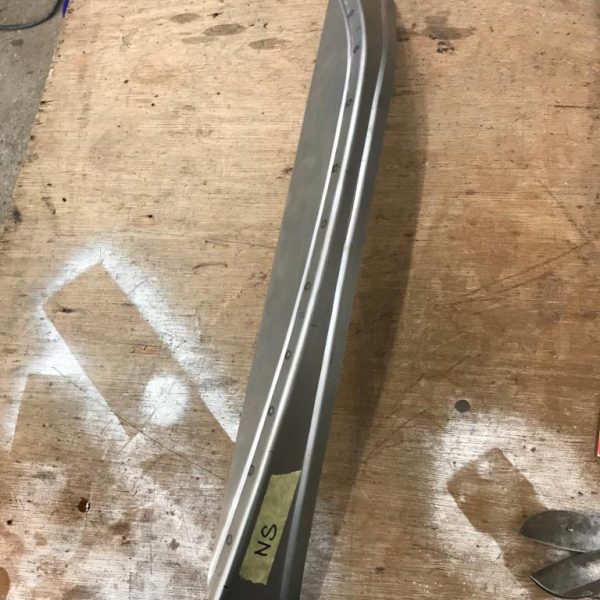
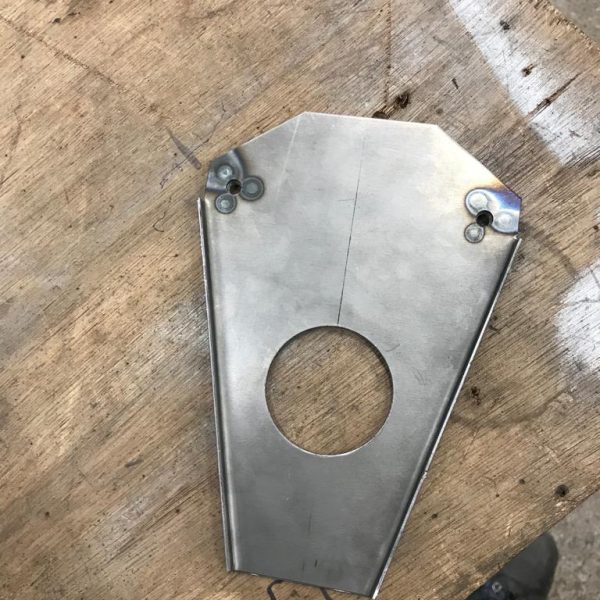
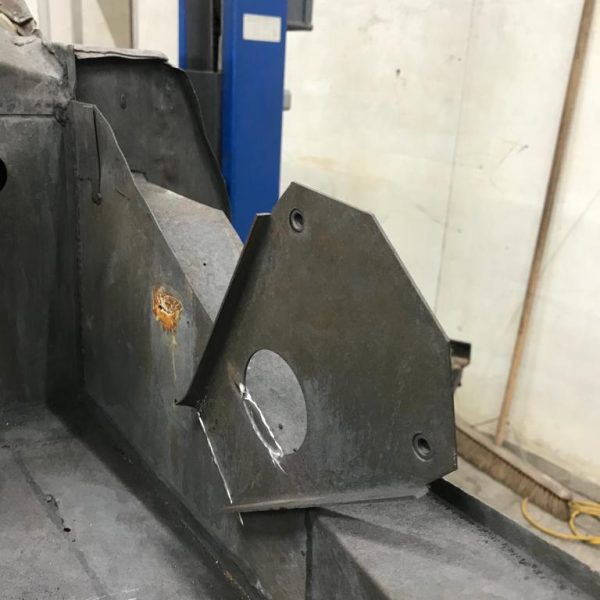
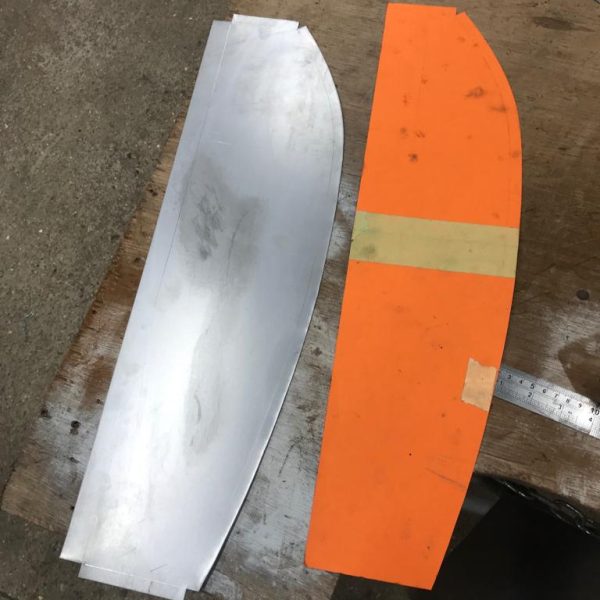
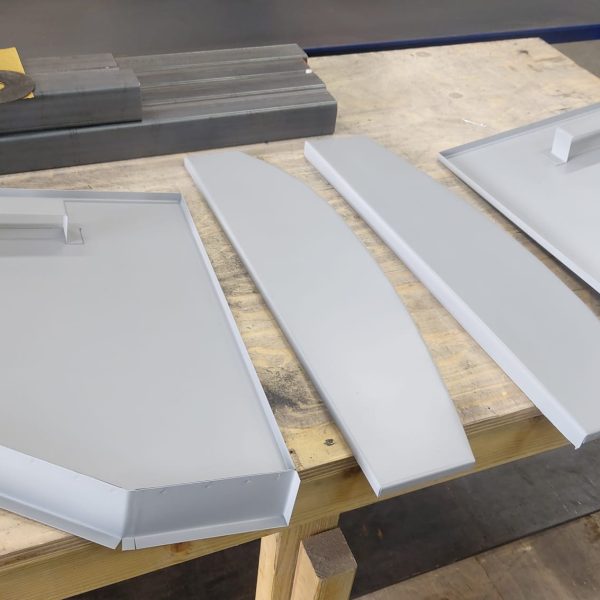
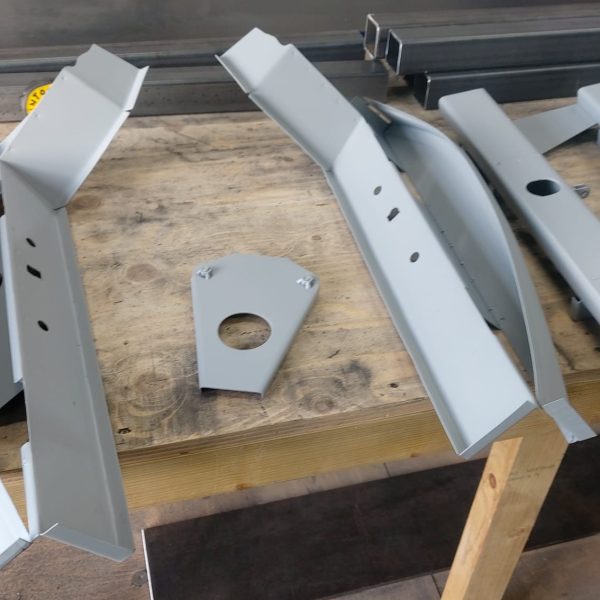
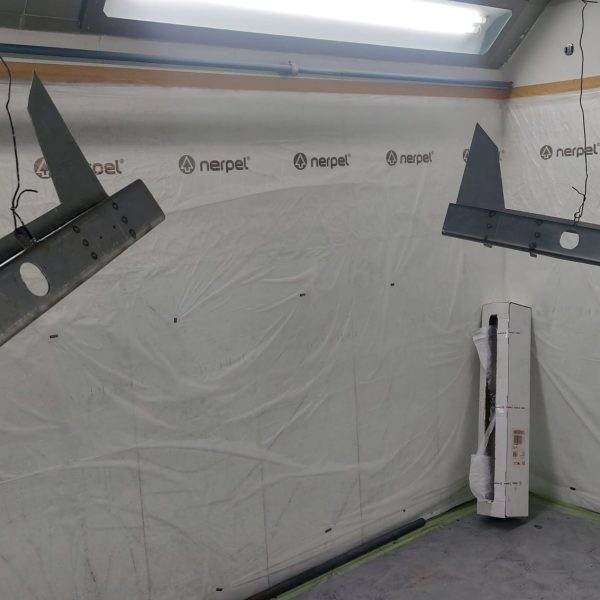
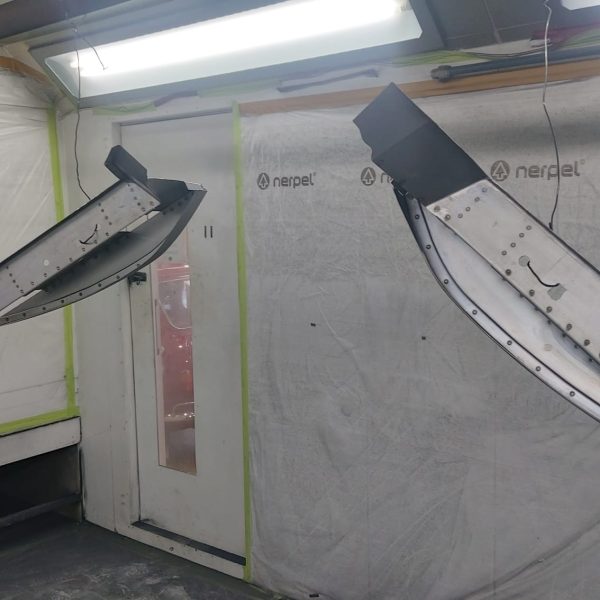
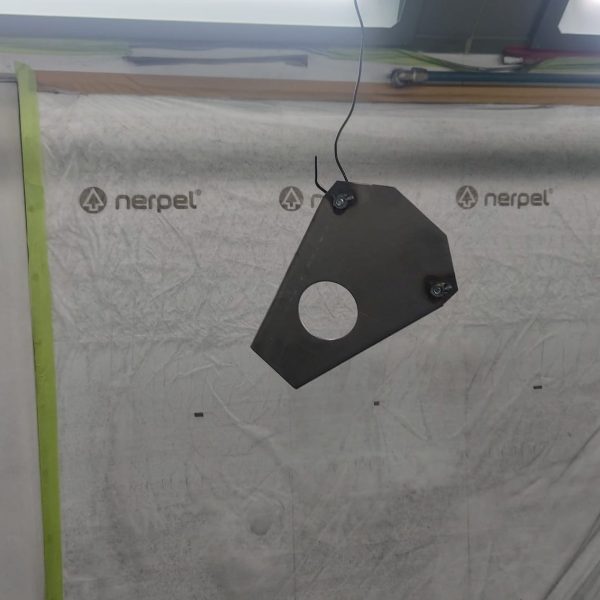
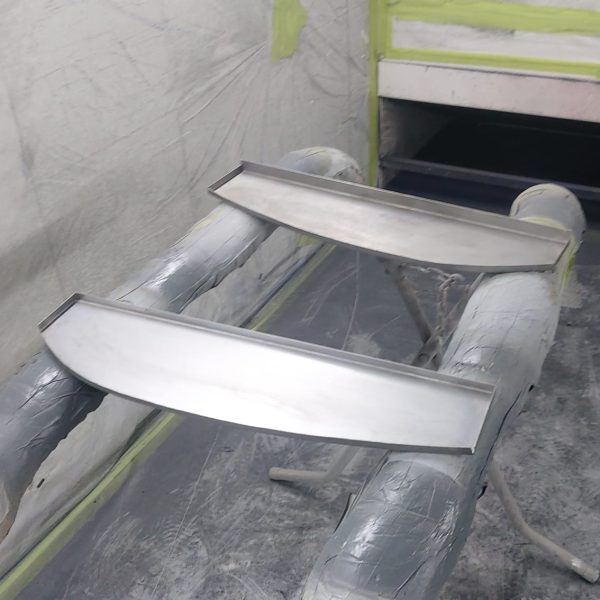
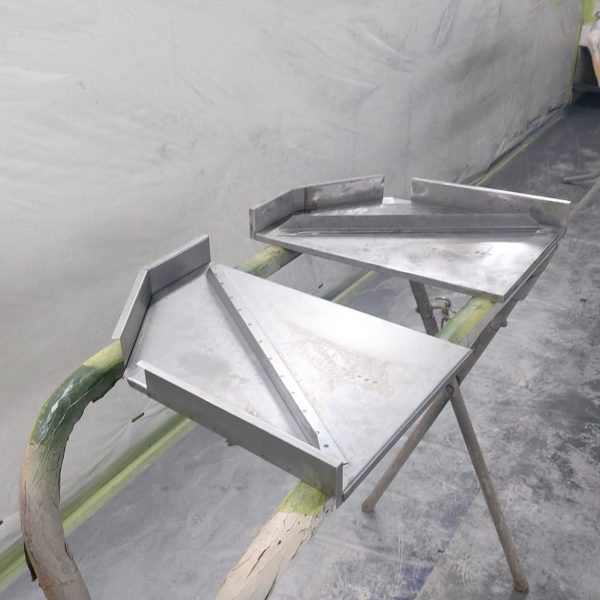
Classic car technician Jon has continued his investigations into the running issues that our 1977 Triumph Spitfire has been experiencing.
He bled the brakes of the car and noticed that two different types of brake fluid had been used.
Triumph Spitfire brake fluid is usually DOT5. However, when bleeding the brakes, both DOT5 and DOT4 were found.
In very simple terms, brake fluid is responsible for moving the pressure from the brake lever to the brake pads. Brake fluid should lubricate the callipers, help prevent corrosion, and have a high boiling point. There are 4 different types of Brake fluid – DOT3, DOT4, DOT5, and DOT5.1
Each type of brake fluid has a different boiling point. If brake fluid boils, it forms air bubbles which increases how much it can be compressed resulting in poorer performance of your braking system.
DOT3 and DOT4 are the most common types of brake fluids used.
DOT4 brake fluid is glycol ether-based. It has a higher boiling point which is more stable than that of DOT3 brake fluid.
DOT5 is a silicon-based brake fluid and can withstand higher temperatures than DOT3 and DOT4.
As a general rule, it is usually a good idea to change the brake fluid in your car every two years. Obviously, this will depend on the amount of mileage you do but two years is a good timeframe to keep in mind. Brake fluid absorbs water over time so the longer you leave it between changes, the poorer your braking system will operate.
It’s worth noting that DOT3 and DOT4 brake fluid shouldn’t be mixed with DOT5. Doing so could result in brake failure. DOT5 is a silicone-based brake fluid so is not compatible with the glycol-based DOT3 and DOT4 fluids.
When Jon bled the brakes of our Triumph Spitfire, it was clear that both DOT4 and DOT5 had been used. In the photo below, you can see that the DOT5 brake fluid has risen to the top while the DOT4 fluid fell to the bottom of the container.
Now the brake fluid issue has been resolved, investigations continue into this classic car’s running issues.
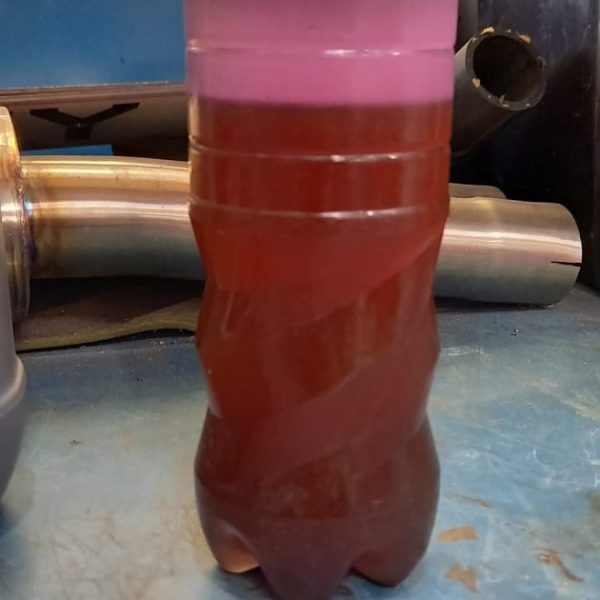
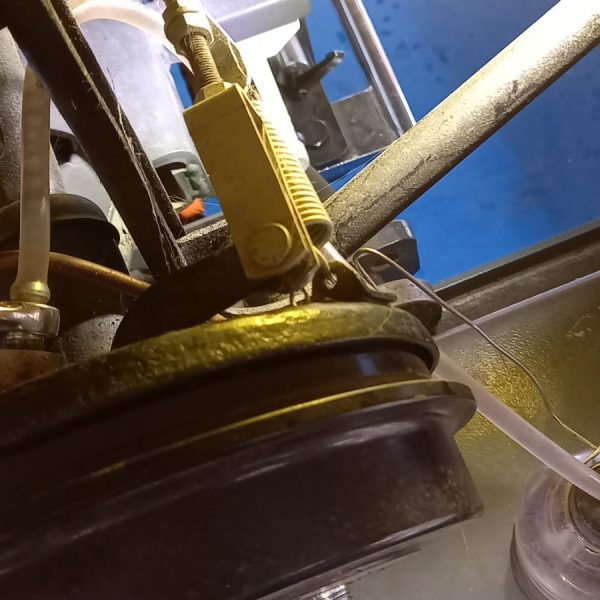
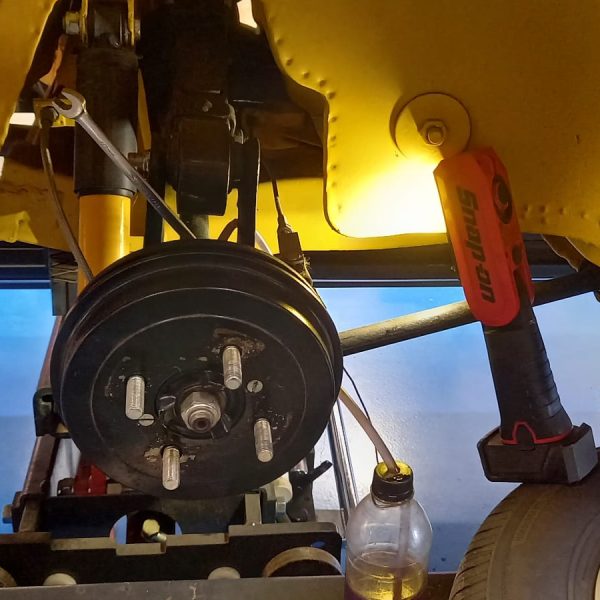
Our 1987 Volvo 240GL has been in the care of classic car technician Jon over the last few days.
During this time, Jon has built, cleaned, polished, and fitted the new front grill. This has made a big impact on how the front of this classic car looks. With its new badges and wheel stickers, the new front grill brings our 240GL one step closer to being ready to leave us fully restored.
As well as his work on the grill, Jon also secured the boot trims too.
After the more cosmetic-related jobs had been completed, Jon turned his attention to the brakes. Specifically, the front brake back plates. These have now been painted and re-fitted to the car. The brakes have also been bled and a road test has been carried out. Jon was very happy with how our classic Volvo drove when he took it out for a short drive so it’s definitely almost ready to get back out on the road again.
As you can see from the photos below, our 1987 Volvo 240GL is looking very good and has come a long way since it first arrived in the workshop.
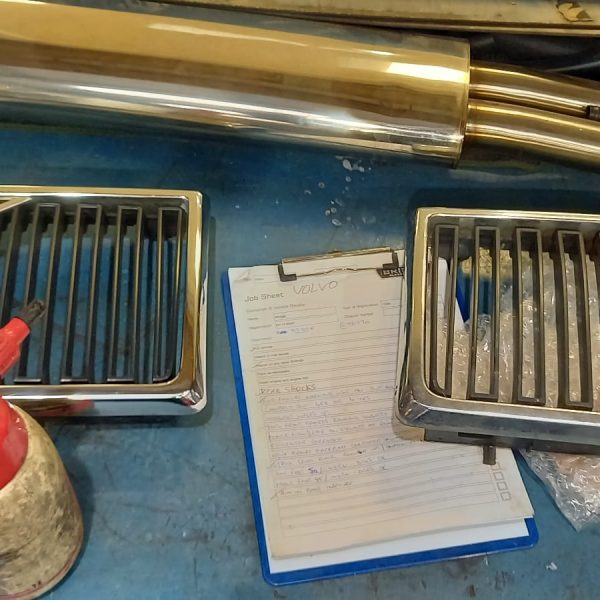
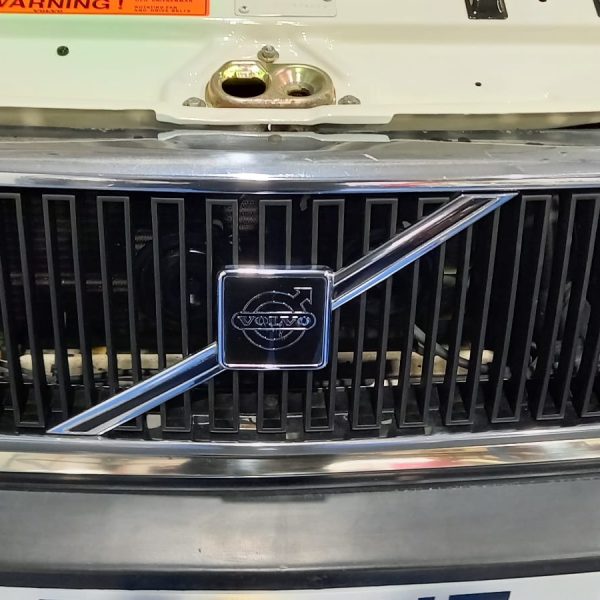
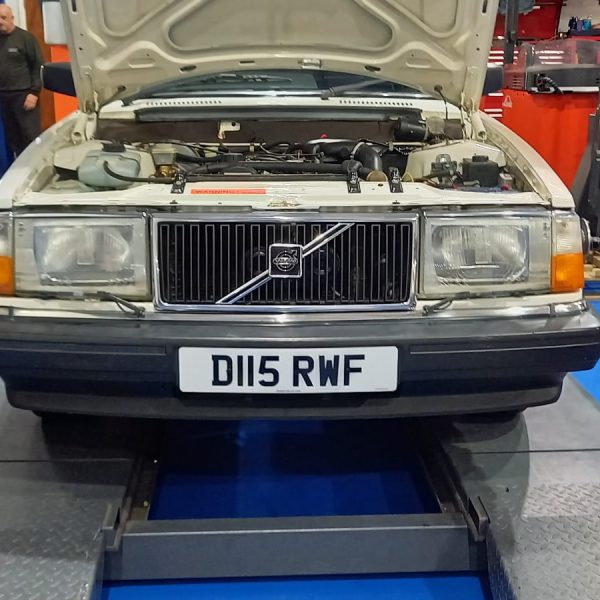
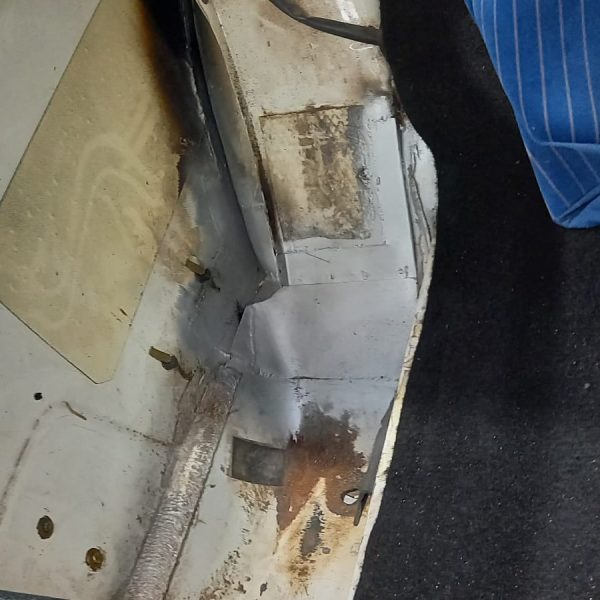
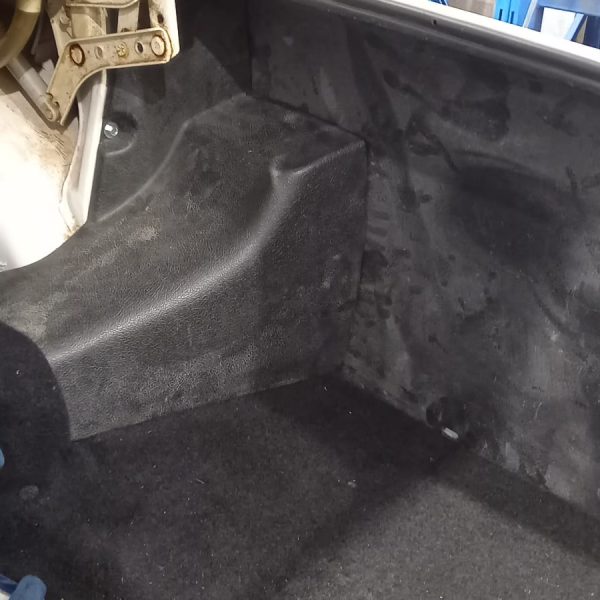
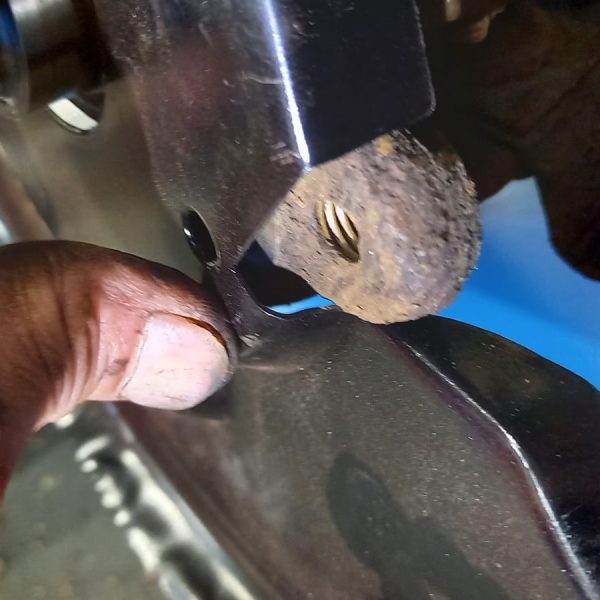
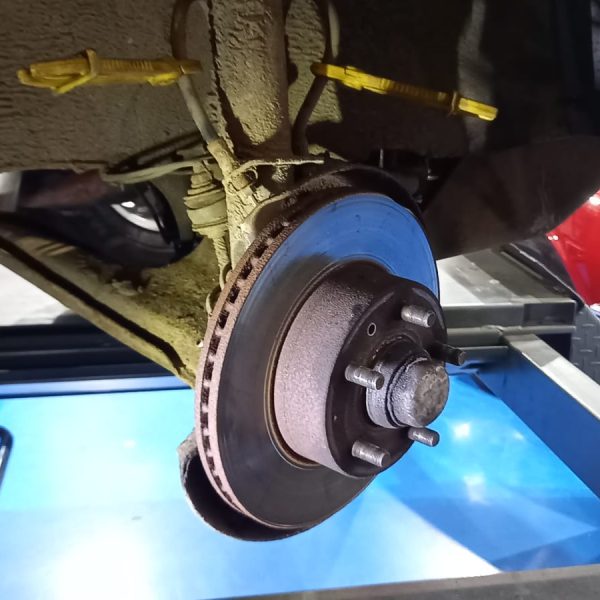
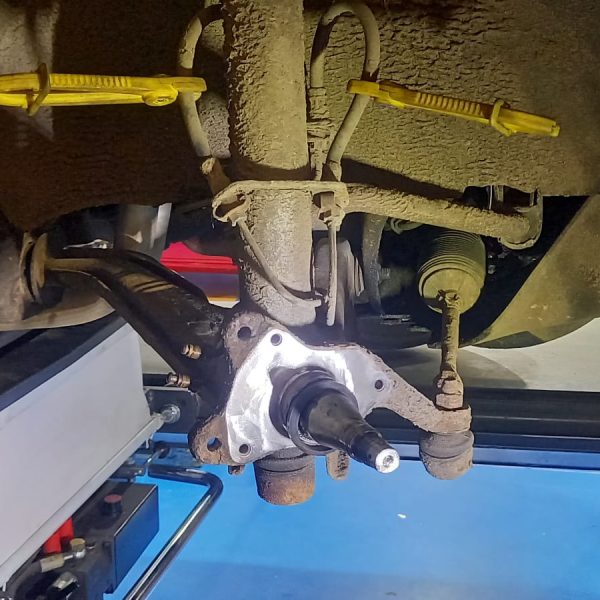
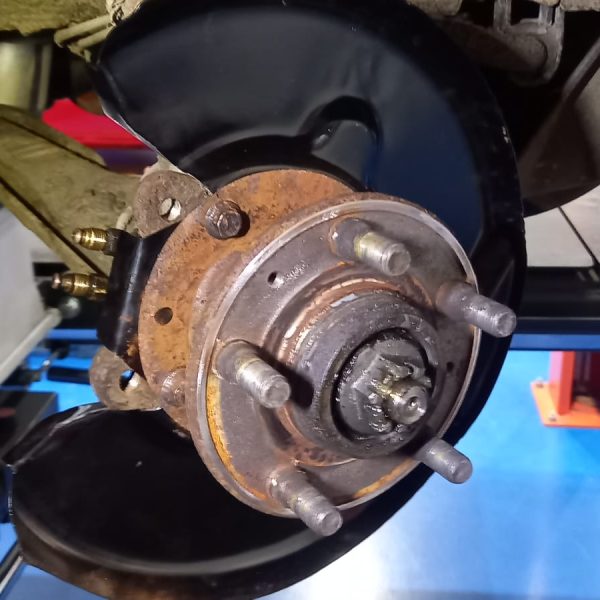
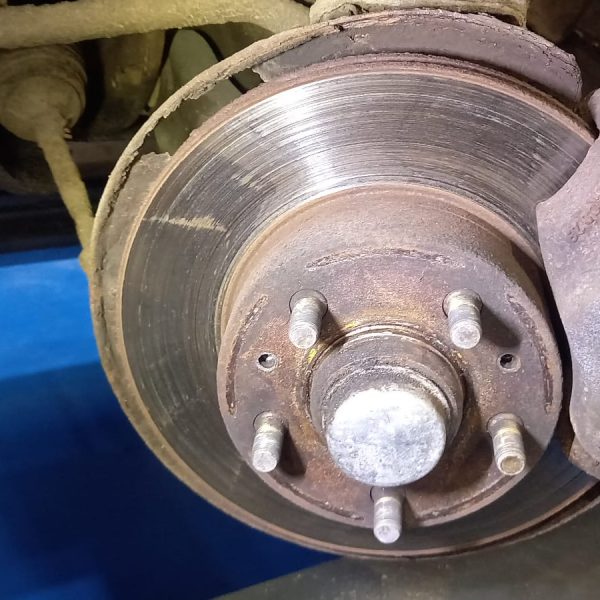
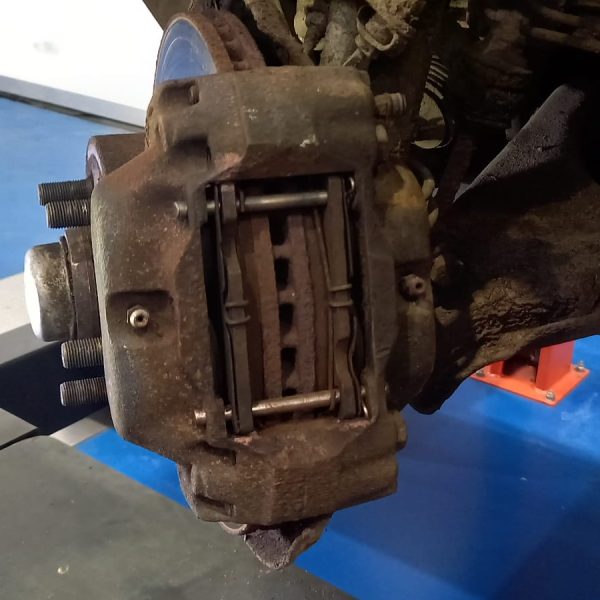
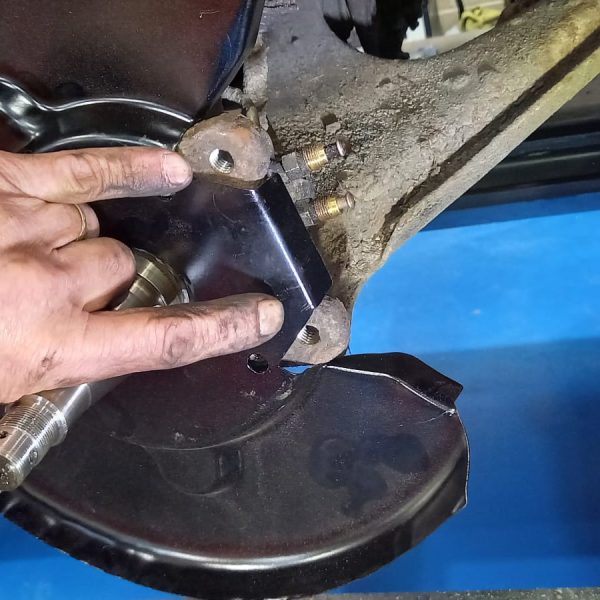
Our 1968 MGB GT has recently arrived at the Bridge Classic Cars workshop.
As with all the cars that come to us, our classic car technicians will give it a thorough assessment and inspection before its future is decided.
All we know so far is that this is one beautiful classic car to look at.
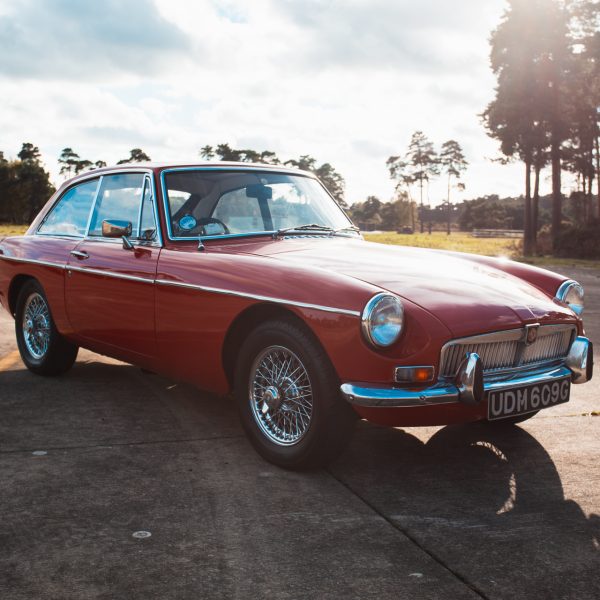
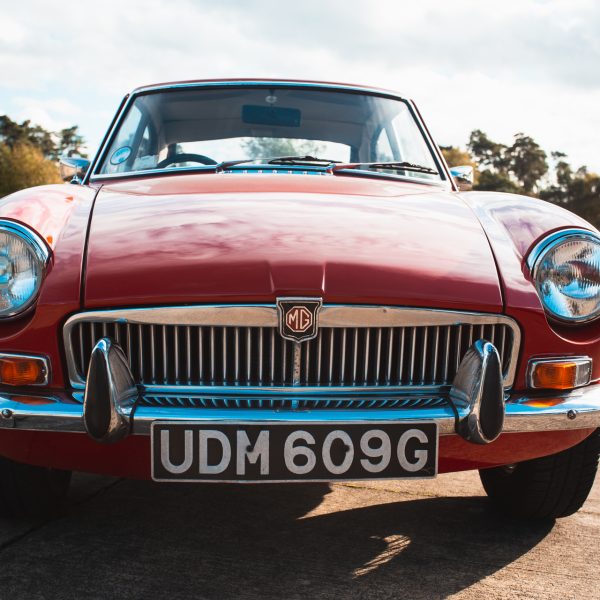
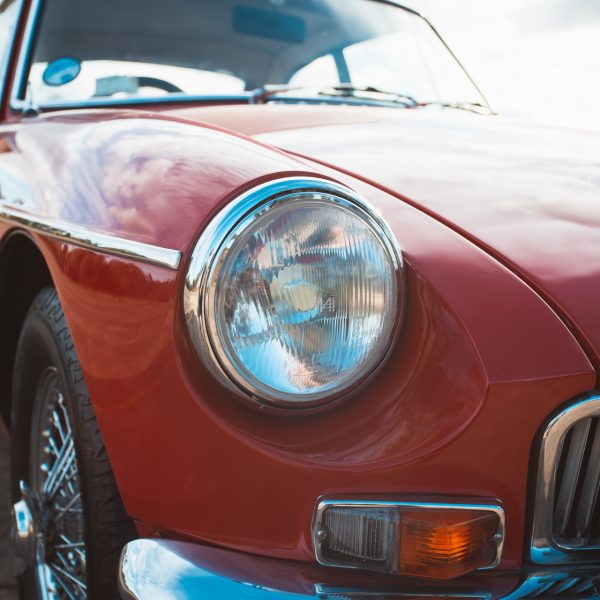
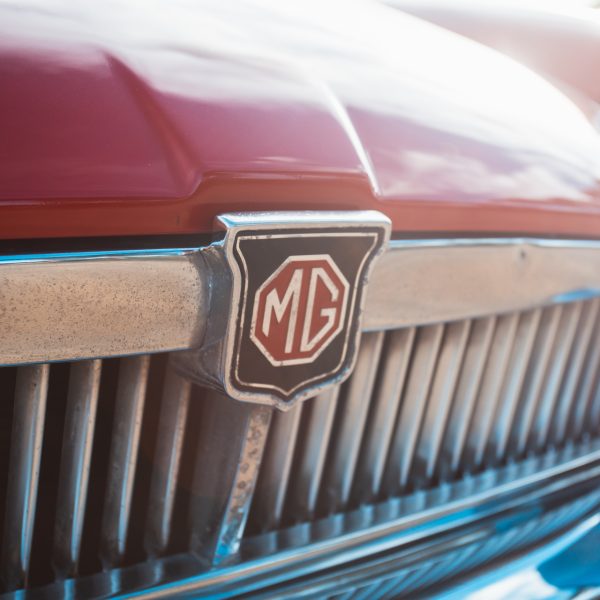
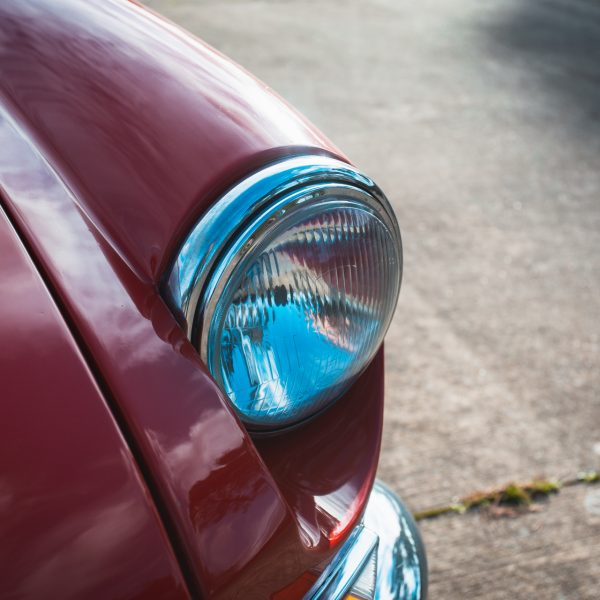
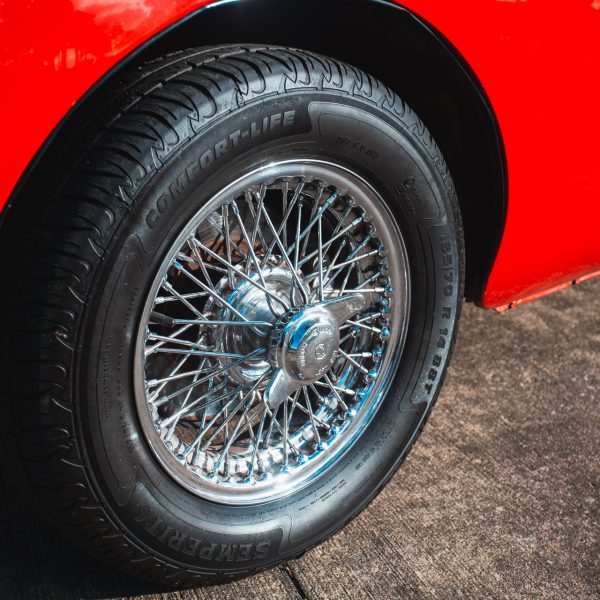
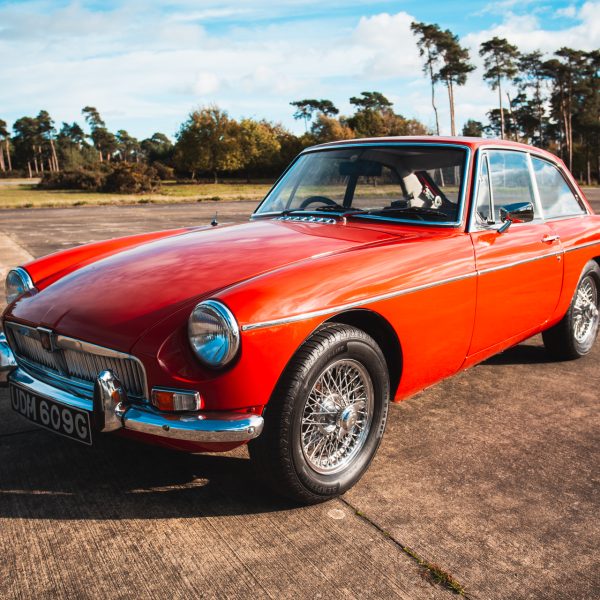
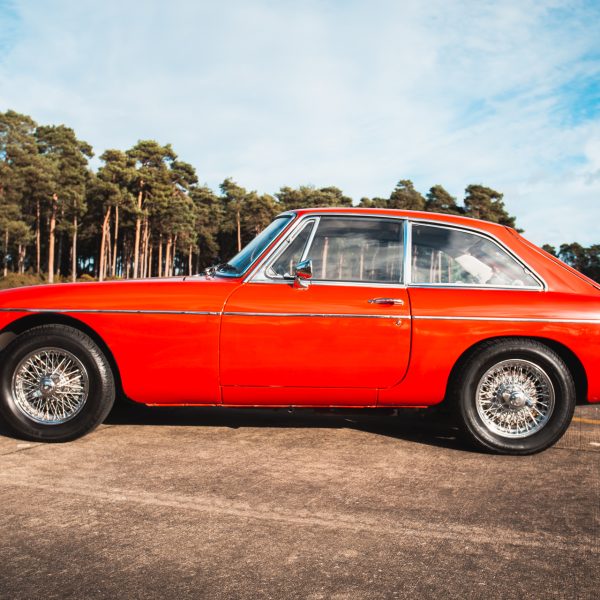
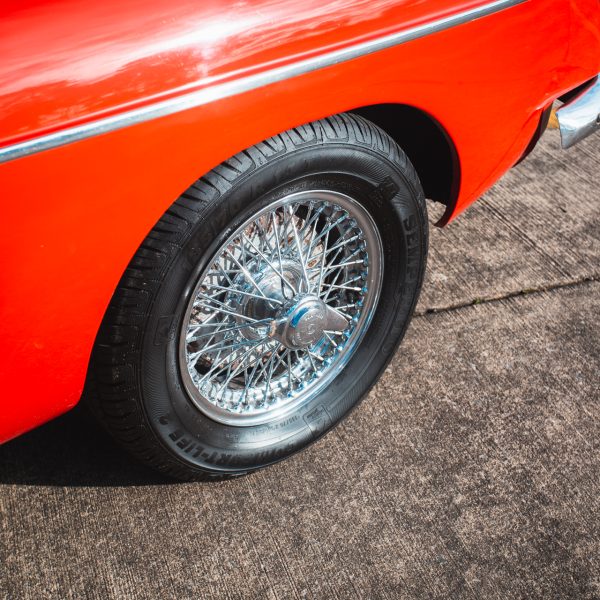
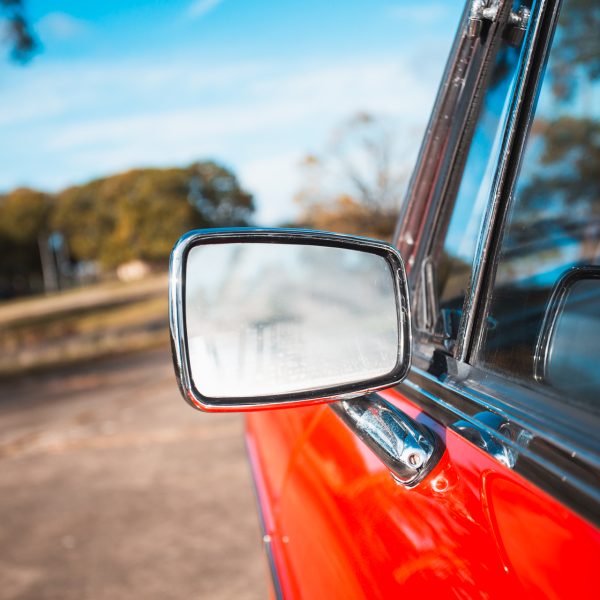
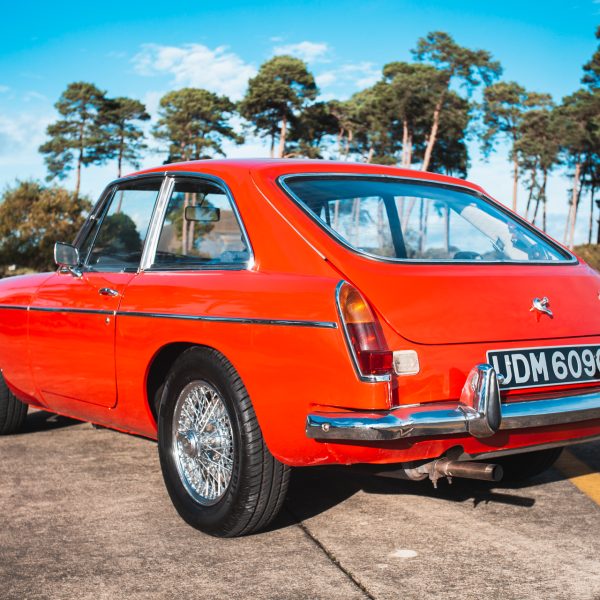
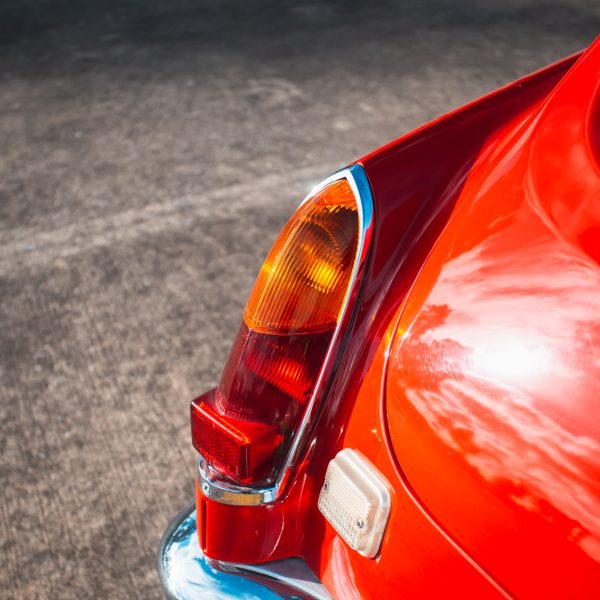
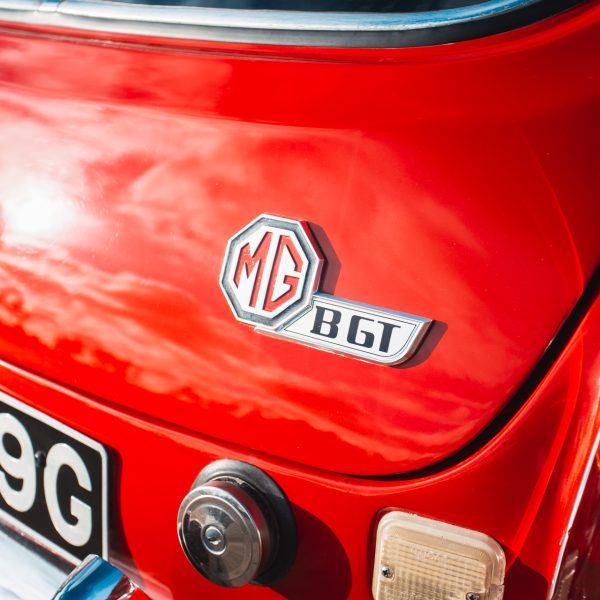
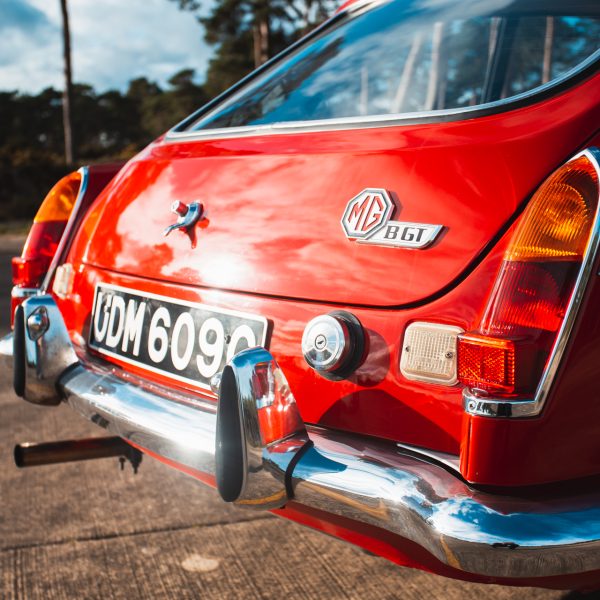
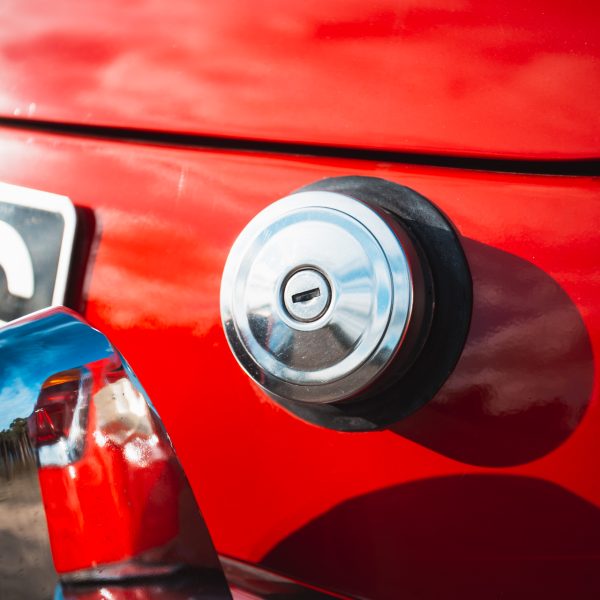
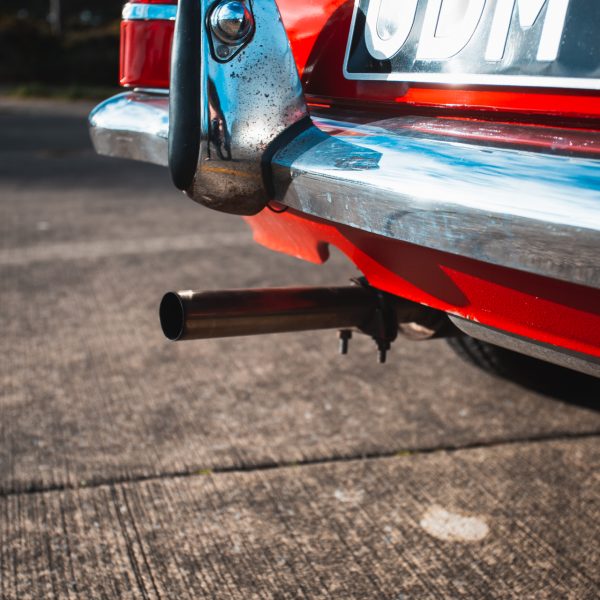
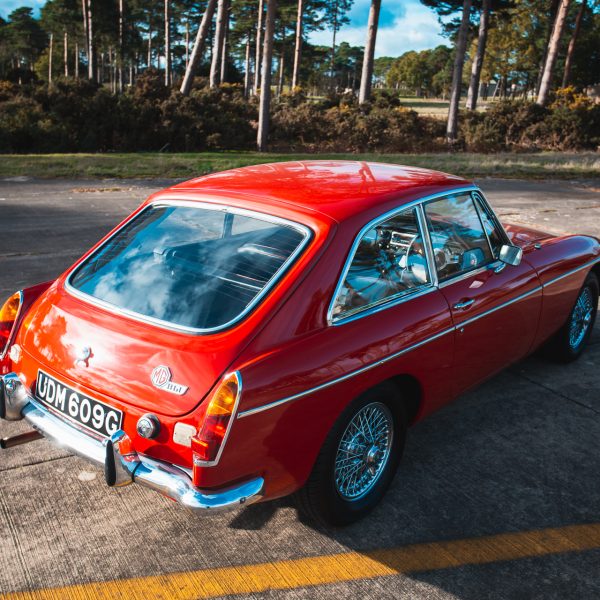
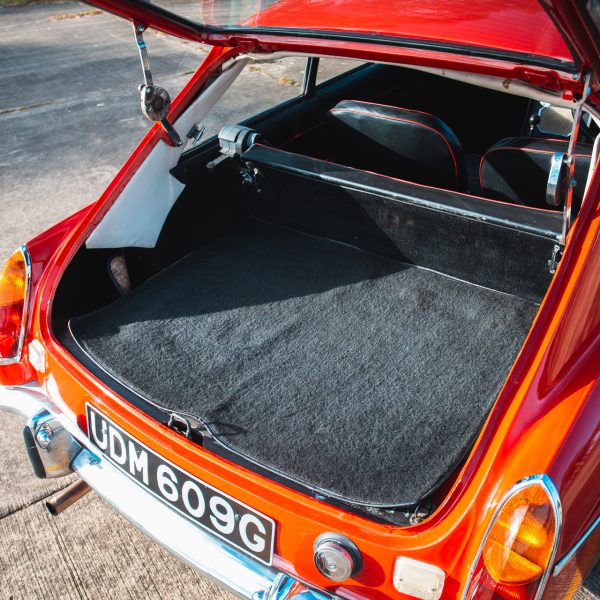
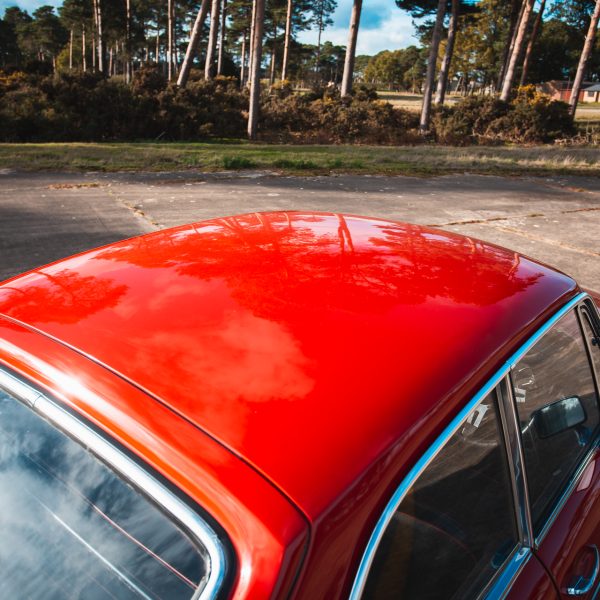
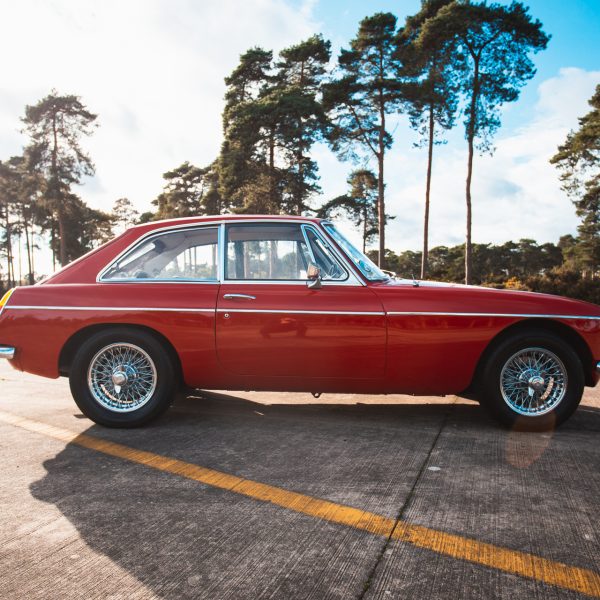
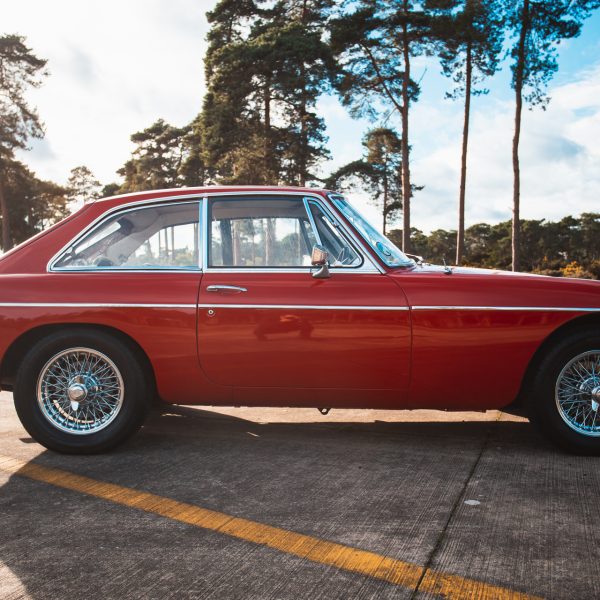
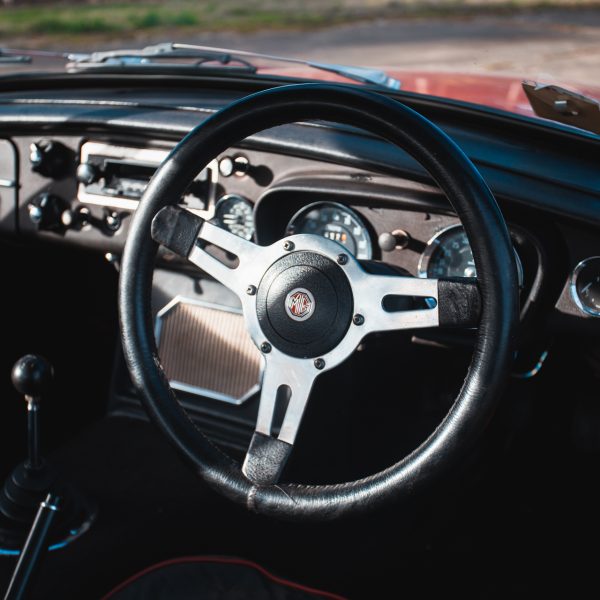
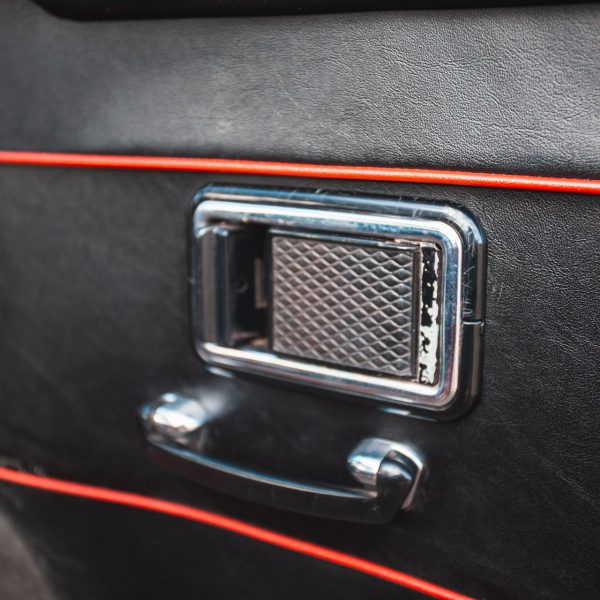
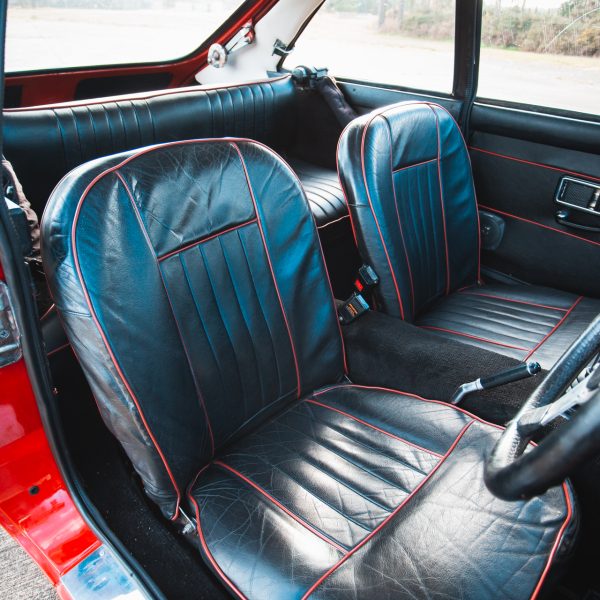
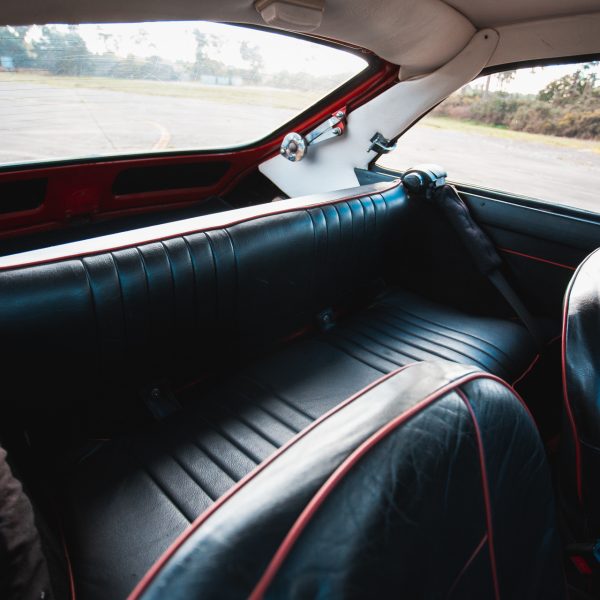
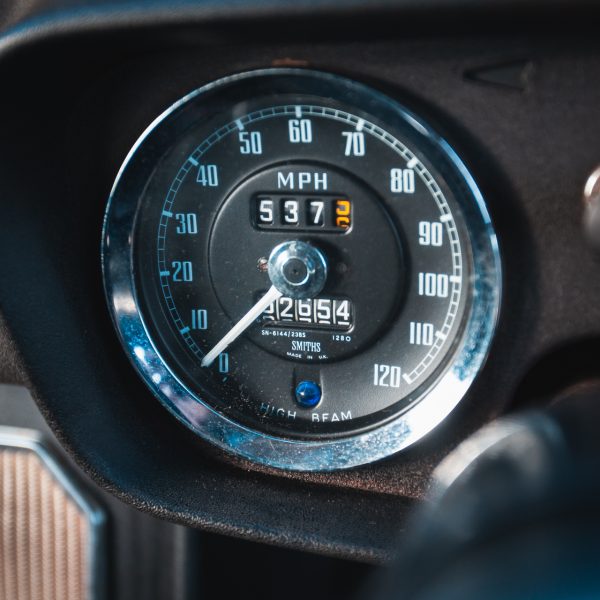
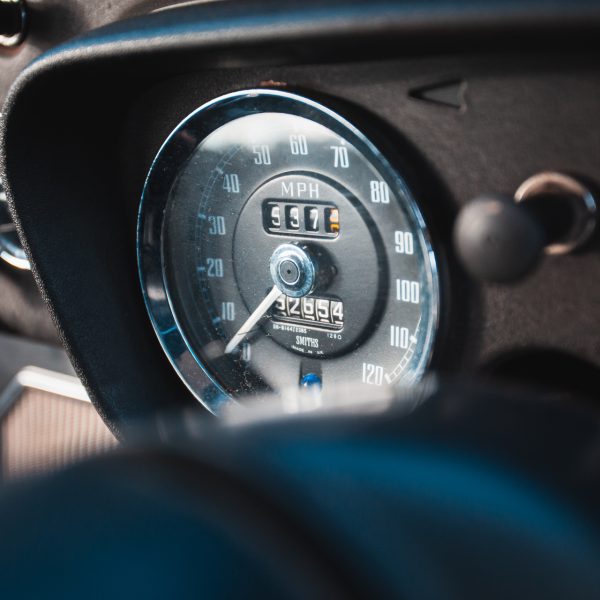
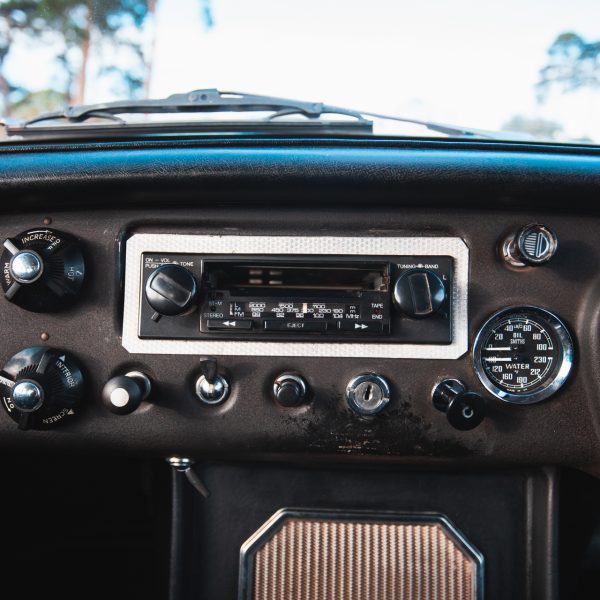
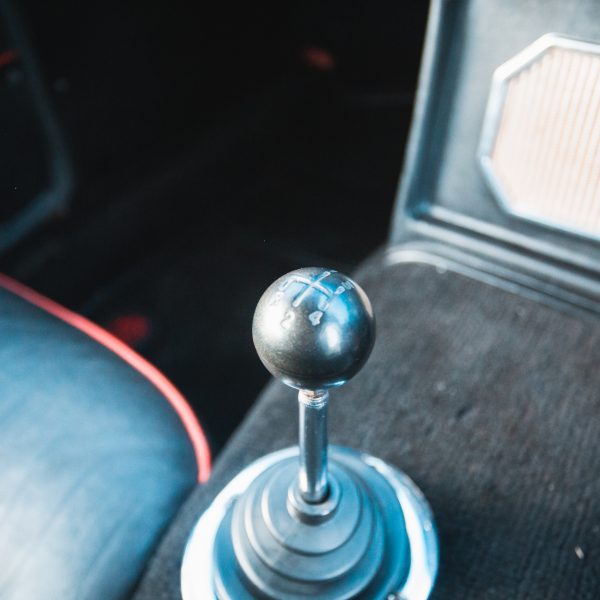
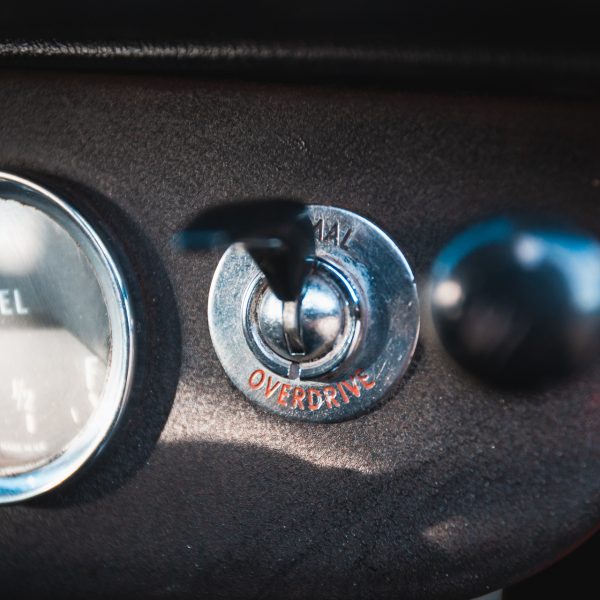
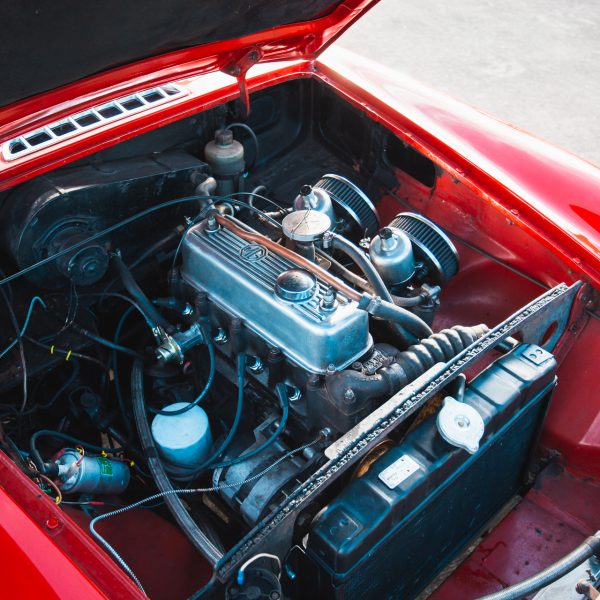
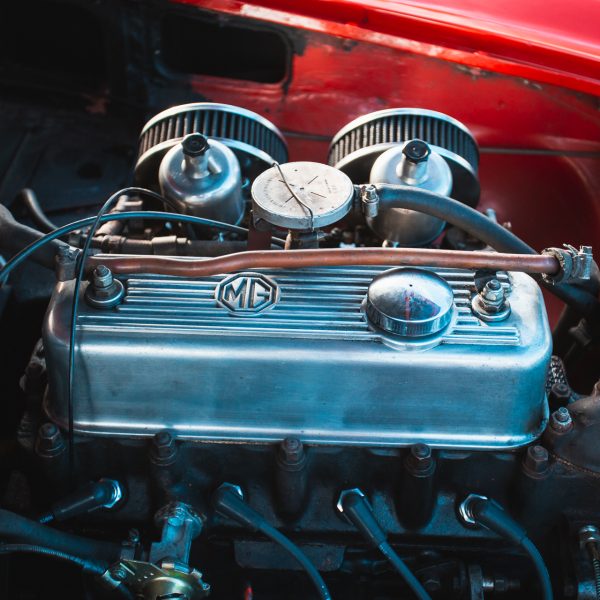
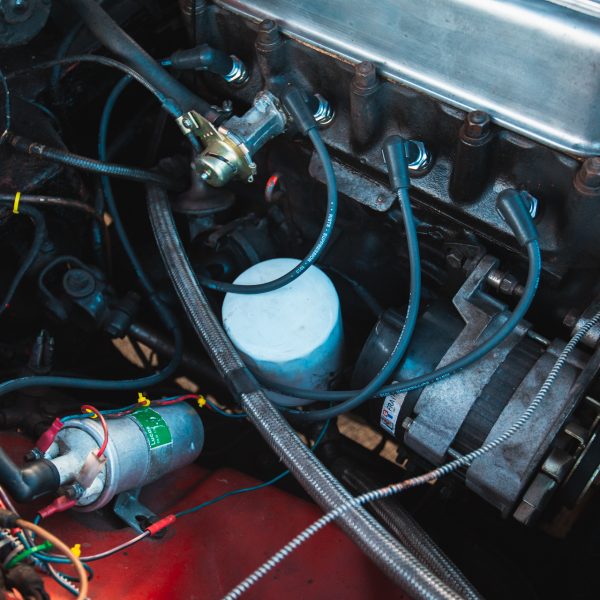
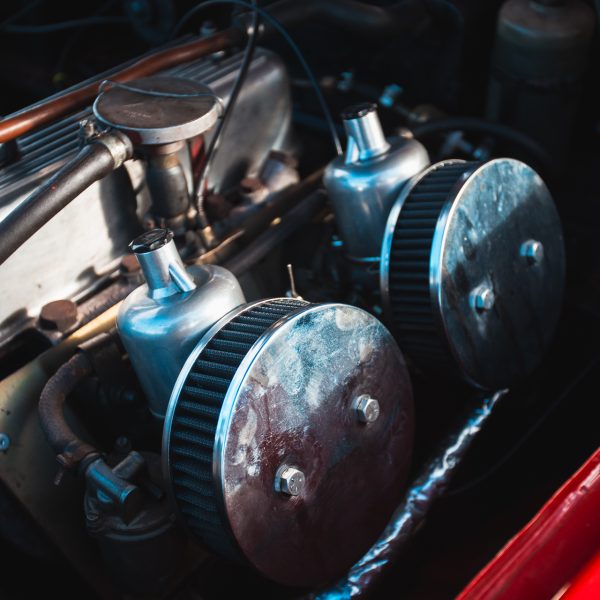
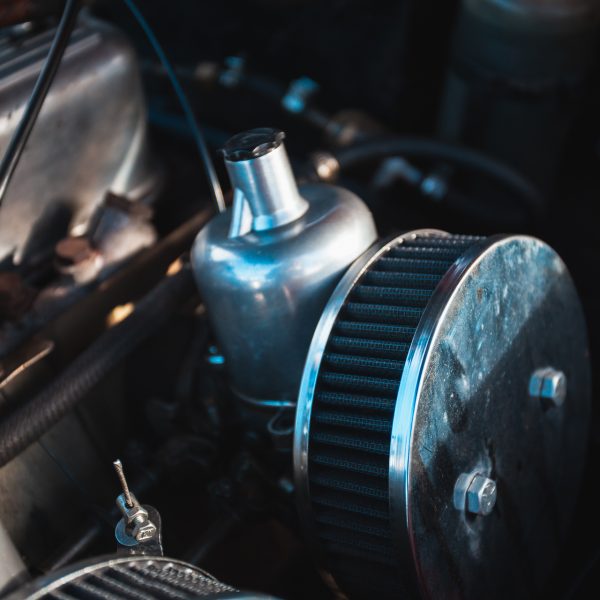
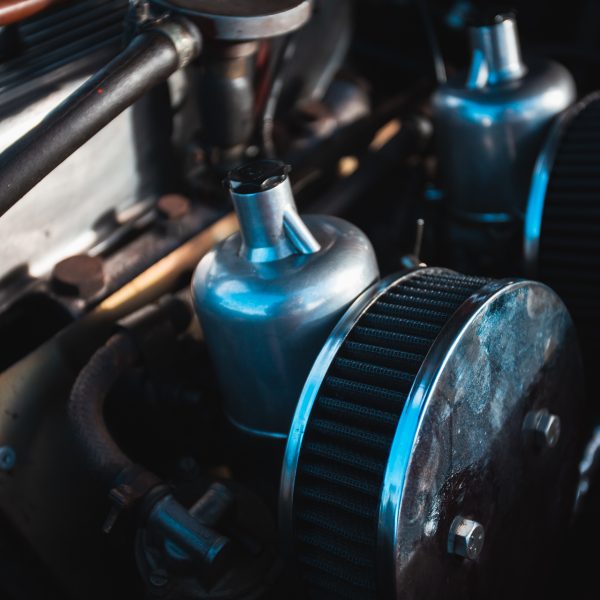
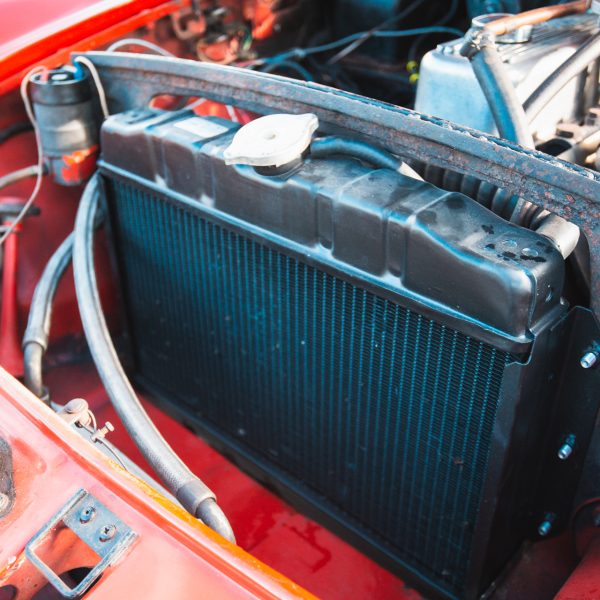
Our 1969 Morris Minor 1000 Convertible continues to progress through its restoration work.
After a large portion of the external work was complete, Brian and Lydia began their work on the interior of the car. A new carpet was put in, a new roof was made and fitted, and we put a new pinstripe on this beautiful classic car too.
Recently, Brian has been doing more work on our 1969 Morris Minor 1000 Convertible. This time, his attention has been on the seats. In particular, he has been fitting stronger webbing straps to the front seat frames.
While this may not be something that changes the look of the seats, it will go a long way in making the seats as comfortable and as long-lasting as possible. The seats will now go on to be installed back into the car ready for the rest of the interior work to be completed very soon.
In addition to Brian’s work on the front seats of our 1969 Morris Minor 1000 Convertible, classic car technician Paul fitted a new electric fan. Paul also fitted 2 universal joints to the propshaft.
This classic Morris Minor is proving to be a very popular car. Anytime we share photos of it on social media or we have visitors to the workshop, this is one of the cars that seems to catch people’s attention.
Our 1969 Morris Minor 1000 Convertible is a beautiful classic car that continues to make good progress through its restoration journey. As great as it looks in our workshop, and as much as we enjoy seeing it every day, we are certainly looking forward to seeing it back out on the road so everyone has the opportunity to enjoy looking at it as much as we do.
Restoration work will continue so our Morris Minor Convertible will soon be even closer to leaving us and returning to its owner.
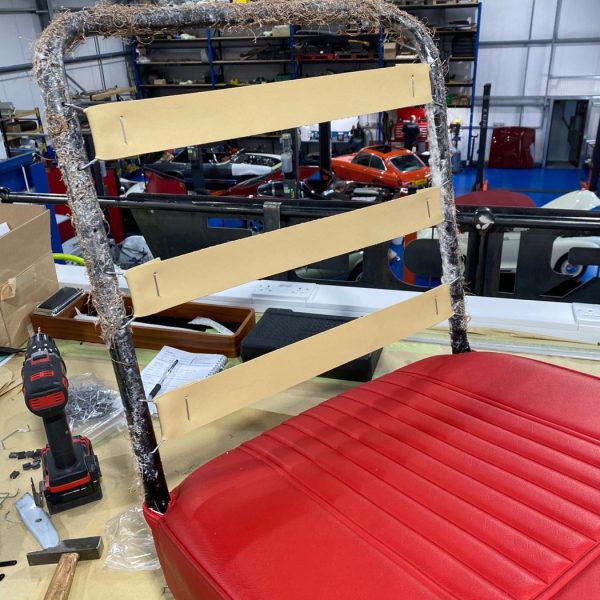
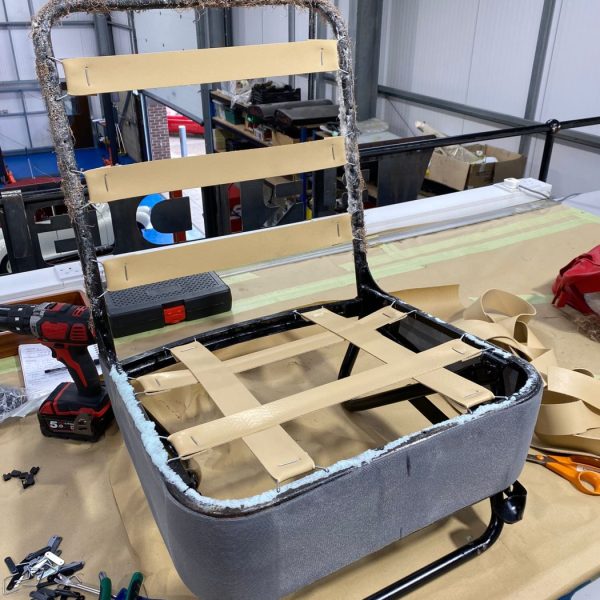
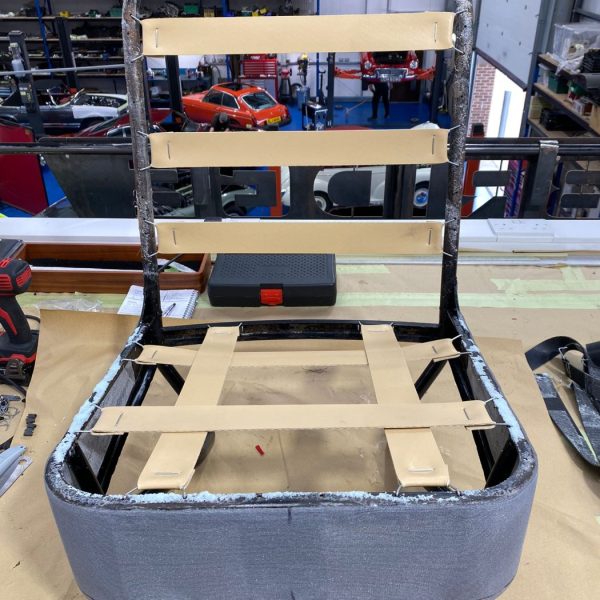
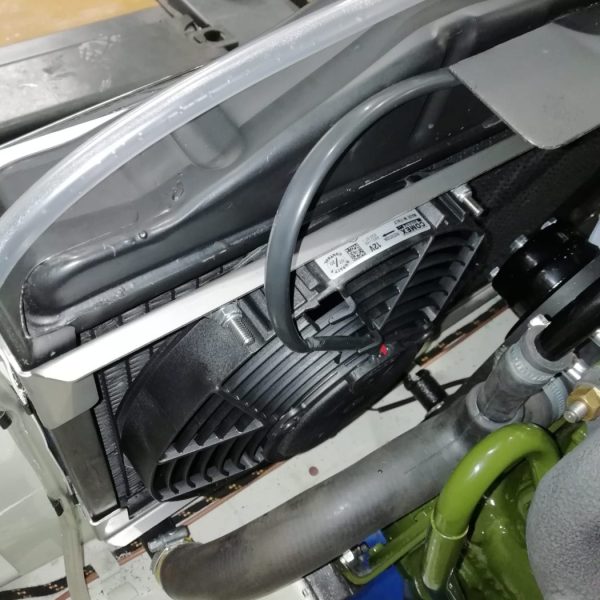
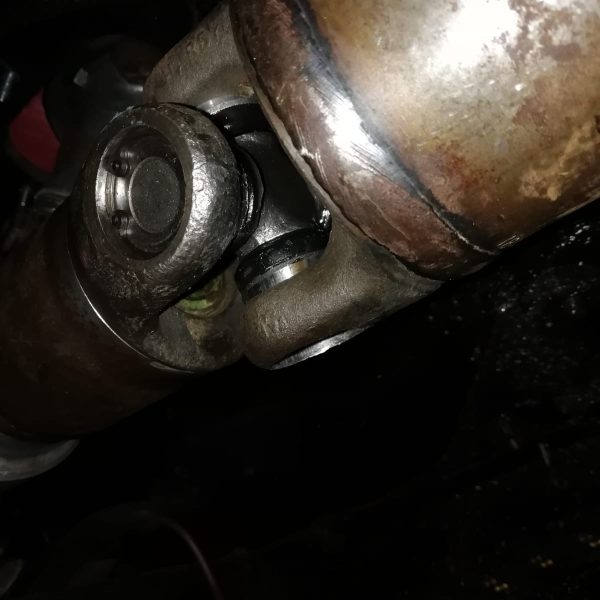
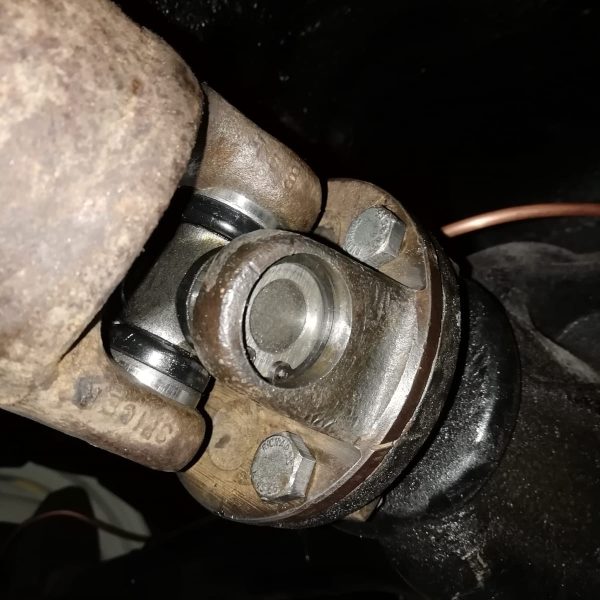
We use cookies to deliver the best possible experience whilst visiting our website. By clicking "Accept All", you consent to our use of cookies, or you can manage your preferences by clicking the link below. You can manage your preferences at any time from out Cookie Policy page.